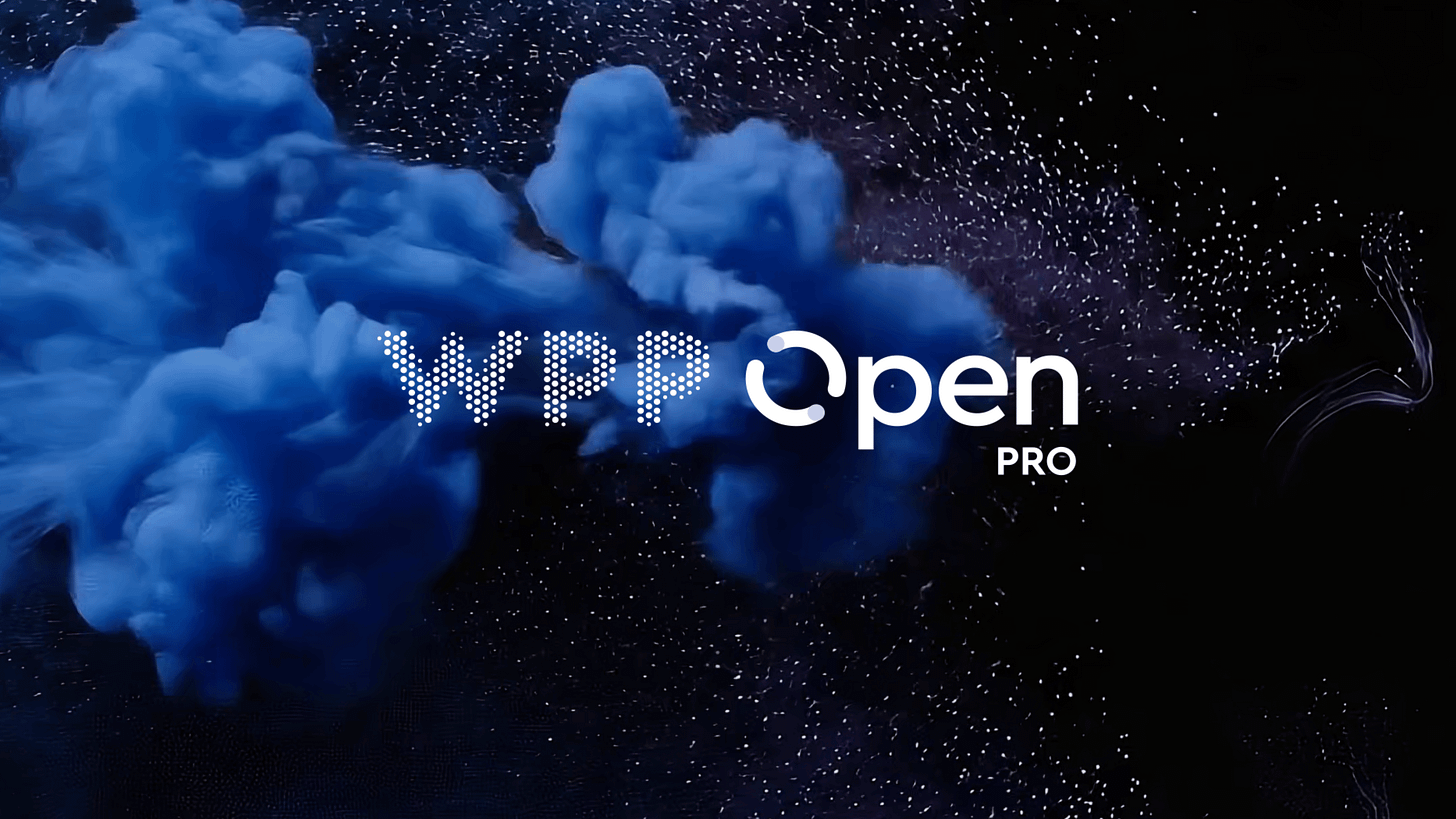WPP Launches Self-Service AI Platform: A Closer Look at WPP Open Pro
WPP becomes first major holding company to offer integrated self-service marketing platform, signalling shift in how brands access enterprise-grade AI capabilities
WPP announced today the launch of WPP Open Pro, a new self-service edition of its AI marketing platform that enables brands to independently plan, create, and publish campaigns. The move represents a…
Keep reading with a 7-day free trial
Subscribe to The Media Stack to keep reading this post and get 7 days of free access to the full post archives.



